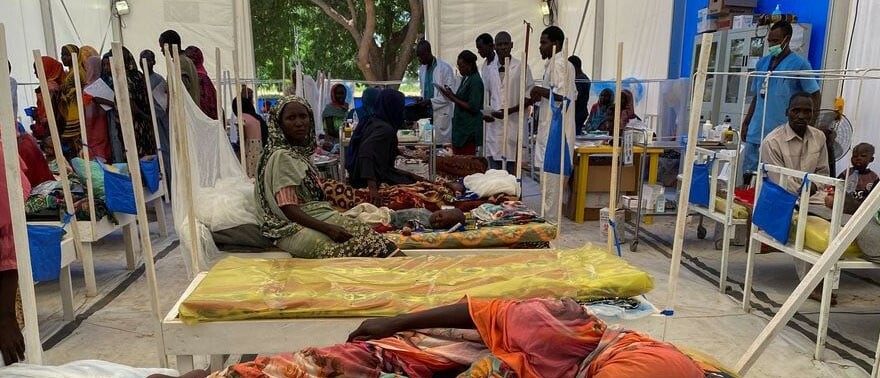About 264 suspected cholera cases, four confirmed cases and 16 associated deaths were reported in Sudan’s Gedaref state as of 25 September, a UN agency said Friday.
In a press statement seen by Radio Tamazuj, the World Health Organization (WHO) said it is scaling up support in Gedaref state amid the ongoing brutal conflict between opposing militaries.
WHO further said investigations are taking place to determine whether the disease has spread to Khartoum and South Kordofan states, which have seen increased cases of acute watery diarrhoea.
The UN agency revealed that it is deploying rapid response teams to the affected localities and is actively supporting the Ministry of Health to transfer samples of suspected cases to the Public Health Laboratory in Port Sudan.
“Surveillance is ongoing in affected and high-risk areas to identify and address risk factors. A request is going out to the international body managing emergency vaccine supplies during major outbreaks, the ICG, for oral cholera vaccines,” it added.
Access amid war
The WHO Representative in Sudan, Dr Nima Abid, visited Gederaf state on 17 September and met with health authorities and partners to coordinate response to the outbreak.
He stressed the importance of having unhindered access to the affected areas and nearby locations.
“A cholera outbreak can have a devastating effect in the context of a health system already overstretched because of war, shortages of medical supplies and health workers, malnutrition and access challenges,” he said.
Healthcare under fire
The war in Sudan erupted in mid-April. Fierce fighting between the army and the paramilitary Rapid Support Forces (RSF) has left thousands dead and uprooted more than five million, with impacts across the region.
Sudan is also grappling with disease outbreaks and malnutrition, which have been compounded by heavy rains and flooding. The health system is overwhelmed by attacks on facilities as well as the scarcity of medical supplies and equipment, health workers and operational funds.
According to reports, some 70 per cent of hospitals in conflict-affected states are non-functional, while active hospitals elsewhere are overwhelmed by the influx of internally displaced people.




